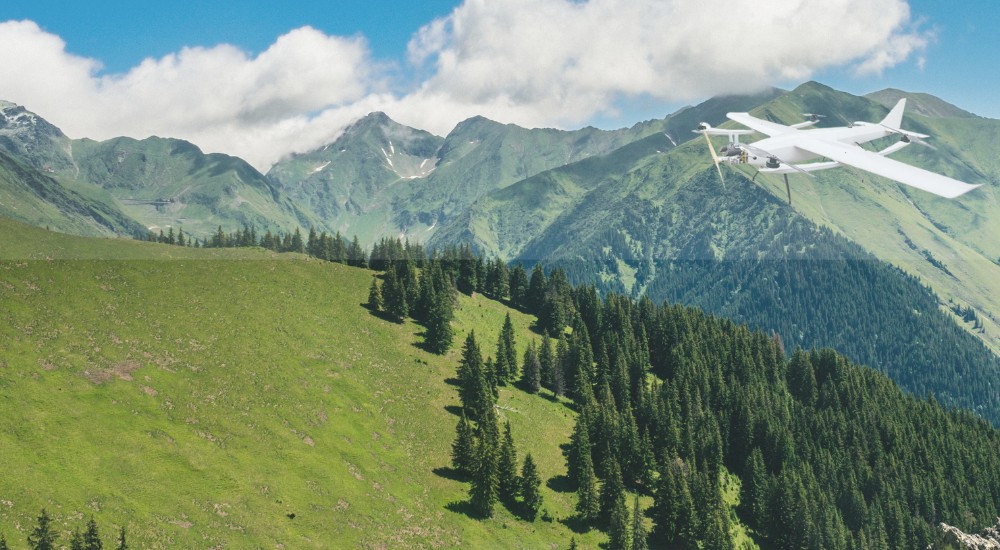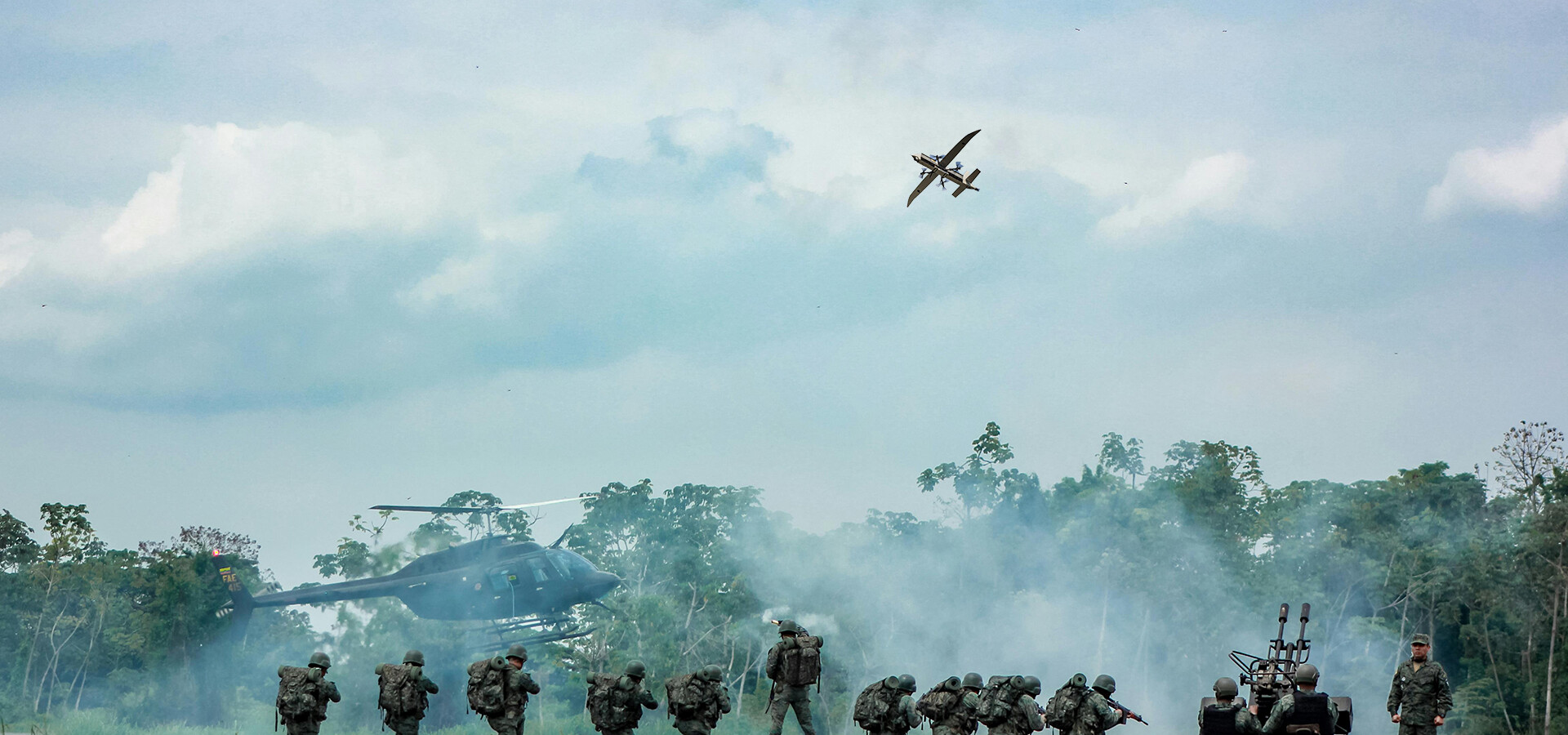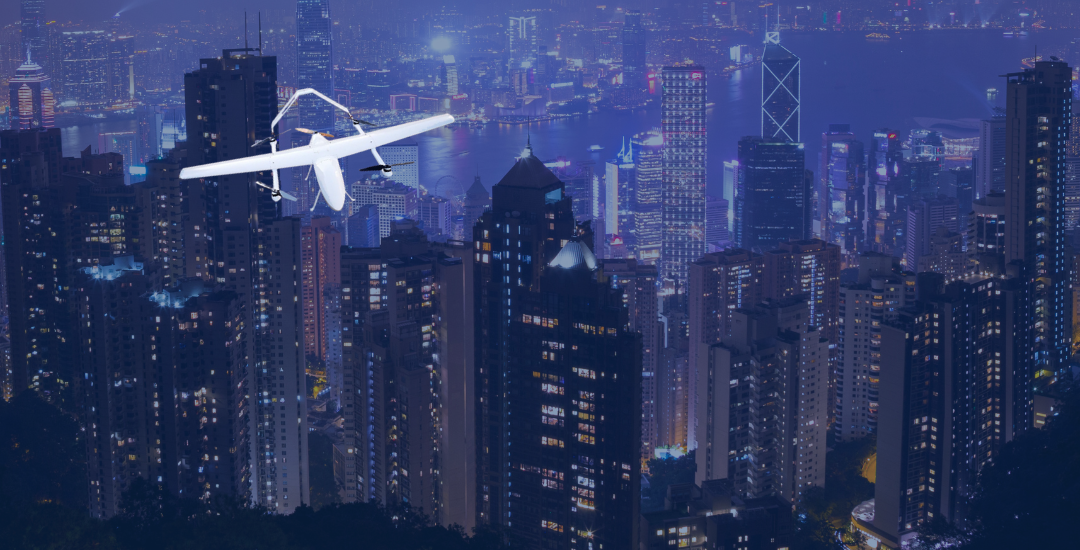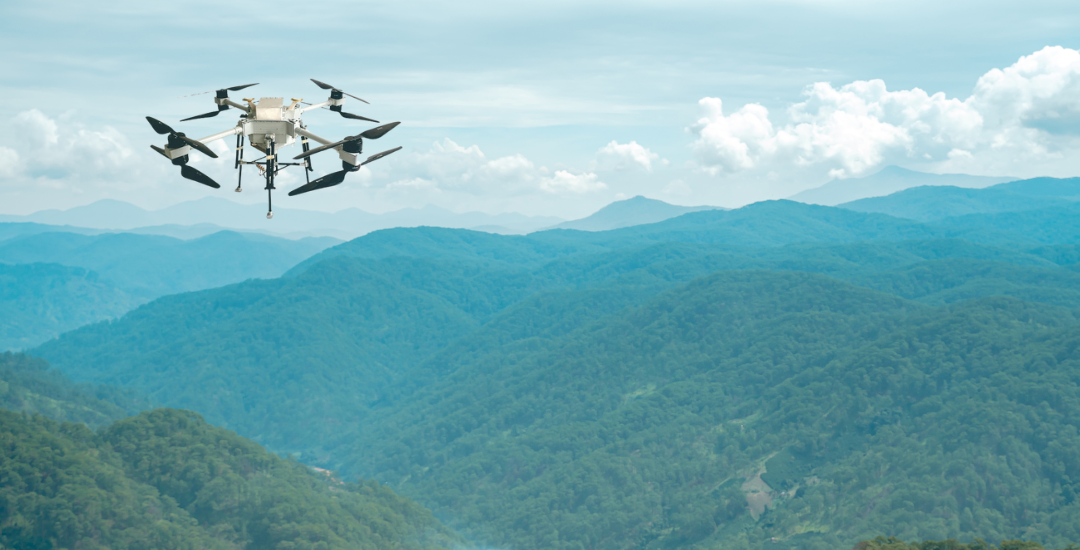NEWS
Home > News
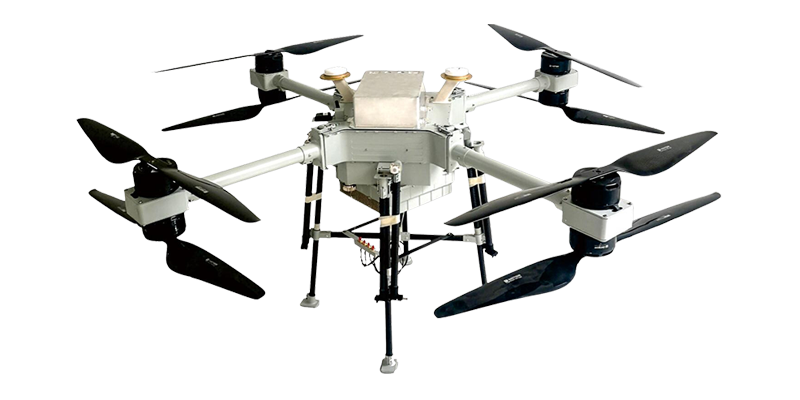
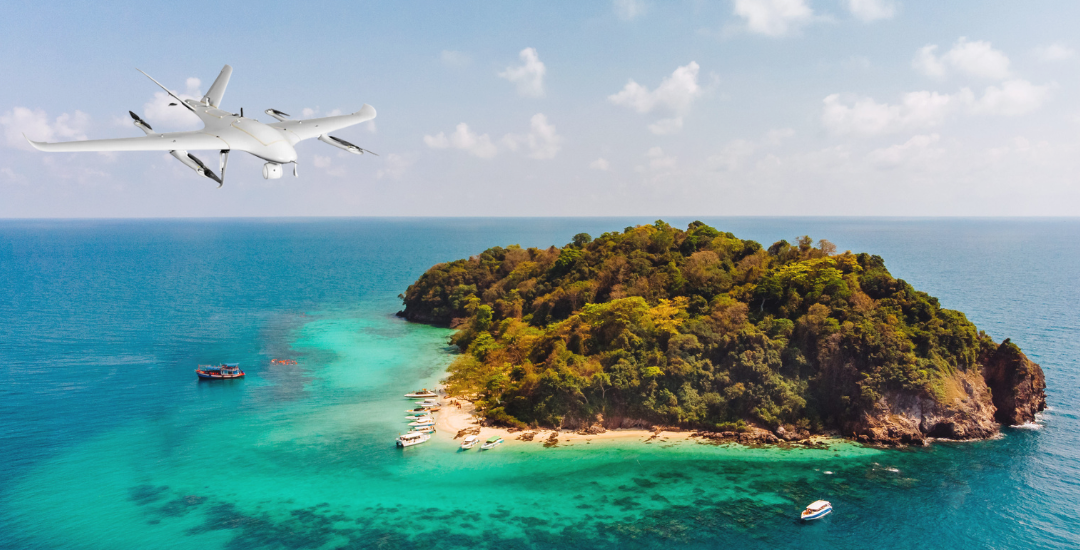
Unmanned Aerial Vehicles (UAVs), commonly known as drones, have revolutionized industries such as military surveillance, mapping, logistics, and environmental monitoring. When selecting the right Long Range Fixed Wing UAV, the debate often comes down to fixed-wing vs. rotary-wing UAVs.
Fixed-wing UAVs resemble airplanes and rely on forward motion to generate lift.
Rotary-wing UAVs use rotating blades to hover and maneuver more flexibly.
Both have their strengths and weaknesses, making them suitable for different long-range applications. This article provides a detailed comparison of fixed-wing and rotary-wing UAVs, helping you determine the best option for your mission.
1. What Are Fixed-Wing UAVs?
1.1 Overview
Fixed-wing UAVs use stationary wings to generate lift, requiring constant forward motion to stay airborne. They are commonly used for mapping, reconnaissance, and long-endurance missions due to their superior flight range and efficiency.
1.2 Key Features
✅ Long flight endurance; Can remain airborne for hours.
✅ Higher speeds; Efficient aerodynamics enable rapid coverage of large areas.
✅ Greater payload efficiency; Can carry more sensors or cargo.
❌ Requires runways or launch systems; Needs space for takeoff and landing.
❌ Limited maneuverability; Cannot hover or perform precise movements.
1.3 How Fixed-Wing UAVs Work
Fixed-wing UAVs operate similarly to traditional airplanes:
- Lift is generated by air moving over the wings.
- Thrust is provided by a propeller or jet engine.
Flight control is maintained using rudders, ailerons, and elevators.
1.4 Best Use Cases
✔ Aerial Mapping & Surveying; Efficiently covers large areas.
✔ Military & Border Surveillance; Long flight endurance enables extensive patrols.
✔ Cargo & Delivery; High efficiency for long-haul logistics.
2. What Are Rotary-Wing UAVs?
2.1 Overview
Rotary-wing UAVs (e.g., helicopters, quadcopters) use spinning rotor blades to generate lift, allowing them to hover, take off vertically, and navigate tight spaces.
2.2 Key Features
✅ VTOL (Vertical Takeoff and Landing); No runway needed.
✅ Hovering capability; Ideal for precise tasks.
✅ Better maneuverability; Can fly in confined areas.
❌ Shorter flight endurance; Consumes more power.
❌ Lower speeds; Less efficient for long distances.
2.3 How Rotary-Wing UAVs Work
- Lift is generated by rapidly spinning rotors.
- Directional movement is controlled by adjusting rotor speeds and angles.
Stable hovering is maintained using gyroscopes and flight controllers.
2.4 Best Use Cases
✔ Search & Rescue Missions; Can hover in place and navigate through obstacles.
✔ Urban Surveillance & Inspections; Ideal for congested environments.
✔ Emergency Medical Deliveries; Quick takeoff and landing in remote locations.
3. Key Comparison: Fixed-Wing vs. Rotary-Wing UAVs
To help you visualize the differences, here's a side-by-side comparison:
3.1 Flight Endurance & Range
Fixed-Wing: Can fly for hours due to fuel efficiency.
Rotary-Wing: Limited by battery life, usually under 2 hours.
3.2 Speed & Efficiency
Fixed-Wing: Higher speeds, covering large areas quickly.
Rotary-Wing: Slower but more flexible in movement.
3.3 Payload Capacity
Fixed-Wing: Can carry heavier payloads due to better aerodynamics.
Rotary-Wing: Limited by battery weight constraints.
3.4 Deployment & Accessibility
Rotary-Wing: Can take off from anywhere.
Fixed-Wing: Requires designated launch areas.
4. Advanced UAV Technologies for Long-Range Operations
4.1 Hybrid UAVs (VTOL Fixed-Wing Drones)
Hybrid UAVs combine the benefits of both fixed-wing and rotary-wing designs. They:
✅ Take off & land vertically like helicopters
✅ Fly efficiently like fixed-wing aircraft
✅ Extend range without requiring a runway
Popular hybrid UAVs include:
- Quantum Systems Trinity F90+
WingtraOne Gen II
4.2 AI & Autonomous Flight Systems
Modern UAVs integrate AI-driven flight systems for:
- Autonomous navigation using GPS and LiDAR.
- Obstacle avoidance for safer flights.
Predictive maintenance to extend drone lifespan.
5. Final Verdict: Which is Best for Long-Range Operations?
When to Choose Fixed-Wing UAVs
✔ For long-range surveillance & mapping
✔ When covering vast areas efficiently
✔ If payload capacity is a priority
When to Choose Rotary-Wing UAVs
✔ For missions requiring hovering & precision
✔ In urban or obstacle-dense environments
✔ If quick deployment is essential
Ultimate Recommendation
If long-range endurance and efficiency are your primary concerns, fixed-wing UAVs are the better option. However, for agility and VTOL capabilities, rotary-wing UAVs excel in challenging environments.
Would you like tailored drone recommendations based on your mission needs? Let's discuss!
FAQs
1. Can rotary-wing UAVs be used for long-range operations?
Rotary-wing UAVs typically have shorter flight times, but advanced models with extended battery life or hybrid power systems can achieve moderate long-range missions.
2. Are hybrid UAVs better than fixed-wing UAVs?
Hybrid UAVs offer the best of both worlds, combining fixed-wing endurance with VTOL capabilities. However, they are often more expensive and complex to operate.
3. What is the longest range fixed-wing UAV?
Some military-grade fixed-wing UAVs, like the MQ-9 Reaper, can fly over 1,000 km. Commercial options vary, with ranges of 100-300 km.
4. Do rotary-wing UAVs require special training to operate?
Yes, advanced rotary-wing UAVs, especially large ones, require specialized training for safe operation.
5. What industries benefit most from long-range UAVs?
Industries such as agriculture, defense, logistics, and environmental monitoring heavily rely on long-range UAVs for efficient operations.
6. Can a UAV switch between fixed-wing and rotary-wing modes?
Yes, some advanced VTOL hybrid UAVs can transition between hovering and forward flight modes.
Final Thoughts
For long-range missions, fixed-wing UAVs provide superior endurance and efficiency, while rotary-wing UAVs offer unmatched maneuverability. Choosing the right UAV depends on your mission's specific needs.
Which UAV type suits your operations best? Let's discuss below!
SHARE:
Send a Message
RECENT POSTS
 How VTOL Drones Are Transforming Delivery Services2025-03-28
How VTOL Drones Are Transforming Delivery Services2025-03-28 VTOL Drones vs. Fixed-Wing & Multirotor: Pros and Cons2025-03-21
VTOL Drones vs. Fixed-Wing & Multirotor: Pros and Cons2025-03-21 Top 10 Safety Tips for Operating VTOL UAVs in Urban Areas2025-03-14
Top 10 Safety Tips for Operating VTOL UAVs in Urban Areas2025-03-14 Choosing the Right Fixed-Wing UAV for Your Needs2025-03-07
Choosing the Right Fixed-Wing UAV for Your Needs2025-03-07 What Is a VTOL Aircraft? A Beginner’s Guide2025-02-24
What Is a VTOL Aircraft? A Beginner’s Guide2025-02-24
Get in Touch
Please use the form below to get in touch.
If you need a reply we will get in touch as soon as possible.

